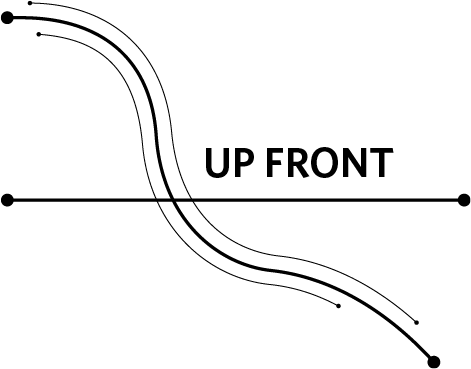
Up Front
Stories from around the U of M
The Driven Campaign: By the Numbers
This month, the Board of Regents will hear final numbers
regarding the end of Driven: The University of Minnesota Campaign. The effort
sought donors to help the University raise funds for five campaign priorities:
to elevate a world-class student experience; accelerate advances in health;
protect and sustain agriculture, food, and water; drive a Minnesota plan for
innovation; and provide a place of opportunity for everyone.
Two past
comprehensive systemwide campaigns raised $365 million from 1985 to 1988 and $1.7 billion from 1997 to 2003. This phenomenally successful campaign, which
raised over $4.4 billion, surpassed the announced goal of $4 billion.
Alumni played a critical role in this extraordinary achievement. It’s impossible to measure the remarkable impact of this campaign in a single data point, or even by numbers alone. More important than the dollars raised are the countless lives changed by the historic generosity of University donors. But the numbers do tell a story: how a courageous and determined community of the Driven rose to the moment and rallied around the belief in a better tomorrow.
New Safety Measures at the University
The Twin Cities metro area has experienced a rise in crime
reports over past months, and the University of Minnesota has likewise seen an
uptick in public safety incidents. Other cities across the country have
reported similar situations, attributed in part to stresses imposed by the
pandemic and social unrest.
According to the State Department of Public Safety’s
Bureau of Criminal Apprehension’s 2020 Uniform Crime Report, Minnesota recorded
a 16.6 percent increase in violent crimes in 2020. Murders rose from 117 in
2019 to 185 in 2020, an increase of 58.1 percent. Robbery reports also rose, as
did aggravated assaults. Property theft values also rose 54.5 percent during
the same period, and motor vehicle thefts, bias crimes, and arson also
increased.
In late July, Myron Frans, senior vice president for finance and
operations at the University, wrote to students, faculty, and staff to provide
updates on the enhancements the University has made to improve safety on campus
and in nearby areas. He noted that the University is working closely with the
City of Minneapolis, which has direct responsibility for the neighborhoods of
Dinkytown, Marcy-Holmes, and other nearby areas.
As part of its response, the U
of M has filled three new UMPD officer positions that were open because of
retirement and plans to hire three additional officers, for a total of 61. The
U of M has also hired a full-time social worker to
provide alternative resources in certain cases.
Other enhancements include
installing at least seven “blue light” security kiosks on University property
along University and 15th Avenues, which will enhance access and camera
visibility into Dinkytown. These kiosks
will be installed by the beginning of fall semester. A second phase of this
effort later this year will include working with private business owners in
Dinkytown to add kiosks in the central areas of the business district.
Kiosks
are monitored by the University’s 9-1-1 dispatch center and add capacity to
other cameras and tools designed to help identify problems and provide prompt
responses. The University is also resuming Gopher Chauffeur, a service that
provides free rides home for students seven days a week, starting the first
week of fall semester.
The University previously commissioned a public safety report by consultant Cedric Alexander, an expert in law enforcement, who released his findings in January. He recommended potential improvements in eight areas. The U of M has now instituted several of those recommendations, including equipping UMPD officers with body cameras and investing in a free personal safety smart-phone app called Rave Guardian to provide students, faculty, and staff with a “virtual walking buddy.” The U of M also continues to offer 612-624-WALK, a SafeWalk Service, open to those walking across campus or to neighborhoods adjacent to campus. The University also provides information about security through SAFE-U Notifications.
Rocket Team Tops in World Competition
U of M students participating on the Rocket Team competed in
the virtual 2021 Spaceport America Cup in June, and took first prize in the international
competition, which this year featured 75 teams from 17 countries.
Because of
the virtual nature of this year’s event, students provided a 15-minute video
presentation to judges, along with technical documentation about their build.
And while the team was unable to travel to the New Mexico desert, the usual site of the event, they did launch their 12-foot rocket in Minnesota.

